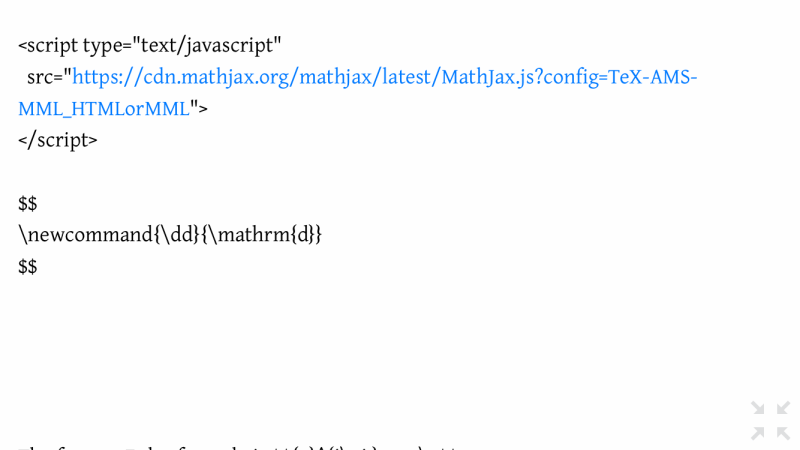iPhone 6s: 키보드를 매직 트랙패드처럼
이 문서는 e[⎋esc]m[⌥⌘meta]a[⌥alt]c[⌃ctrl]s[⇧shift] org-mode로 작성된 글입니다.
이번 포스트는 윤지만(Yoon JiMan)씨의 블로그에 올라온 "아이폰 6s 사용자를 위한 11가지 특별한 팁"을 보고 쓴 글입니다.
System Environments
- Main- : OS X El Capitan (10.11.1)
- Sub- : Debian GNU/Linux Wheezy (7.9)
- Server: Debian GNU/Linux Wheezy || Squeeze
- Mobile: iOS 9.1
iOS 키보드를 트랙패드처럼 쓰기 는 "3D Touch"가 가능한 iPhone 6s에서만 가능하다. 키보드가 뜨기만 하면, 어디든 사용할 수 있다.
작동시키는 방법:
- 키보드가 올라오면, 그 위에 어디든 꾹 누른다.
- 손가락을 띄지 않은 상태로 움직이면, 마치 트랙패드에서 하듯이 포인터가 움직이는 것을 볼 수 있다.
아래 GIF나 동영상을 참고하자.
Yoon Jiman씨의 글을 보기 전까지 전혀 몰랐던 기능이다. 정말 너무 잘 쓰고 있어서 이 포스트를 쓰게 됐다. 이것 말고도 유용한 기능들이 잘 정리되어 있으니, iPhone 6s 사용자라면 꼭 한번 원문을 읽어보기를 바란다.
이 기회를 통해 Yoon Jiman씨에게 감사를 드립니다.

iOS-Trackpad from Yonggoo Heo on Vimeo.
This work is licensed under a Creative Commons Attribution-NonCommercial-ShareAlike 4.0 International License.
